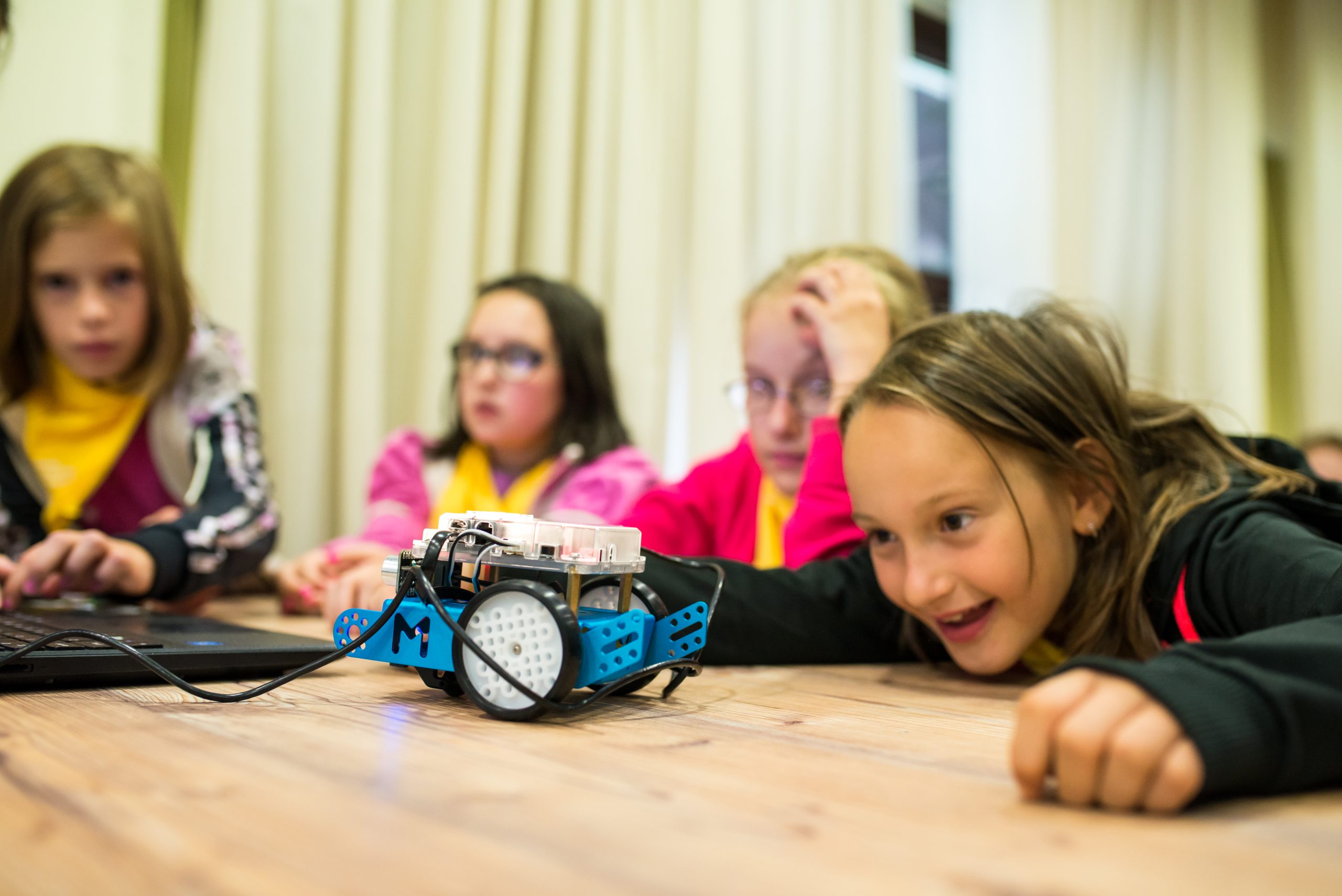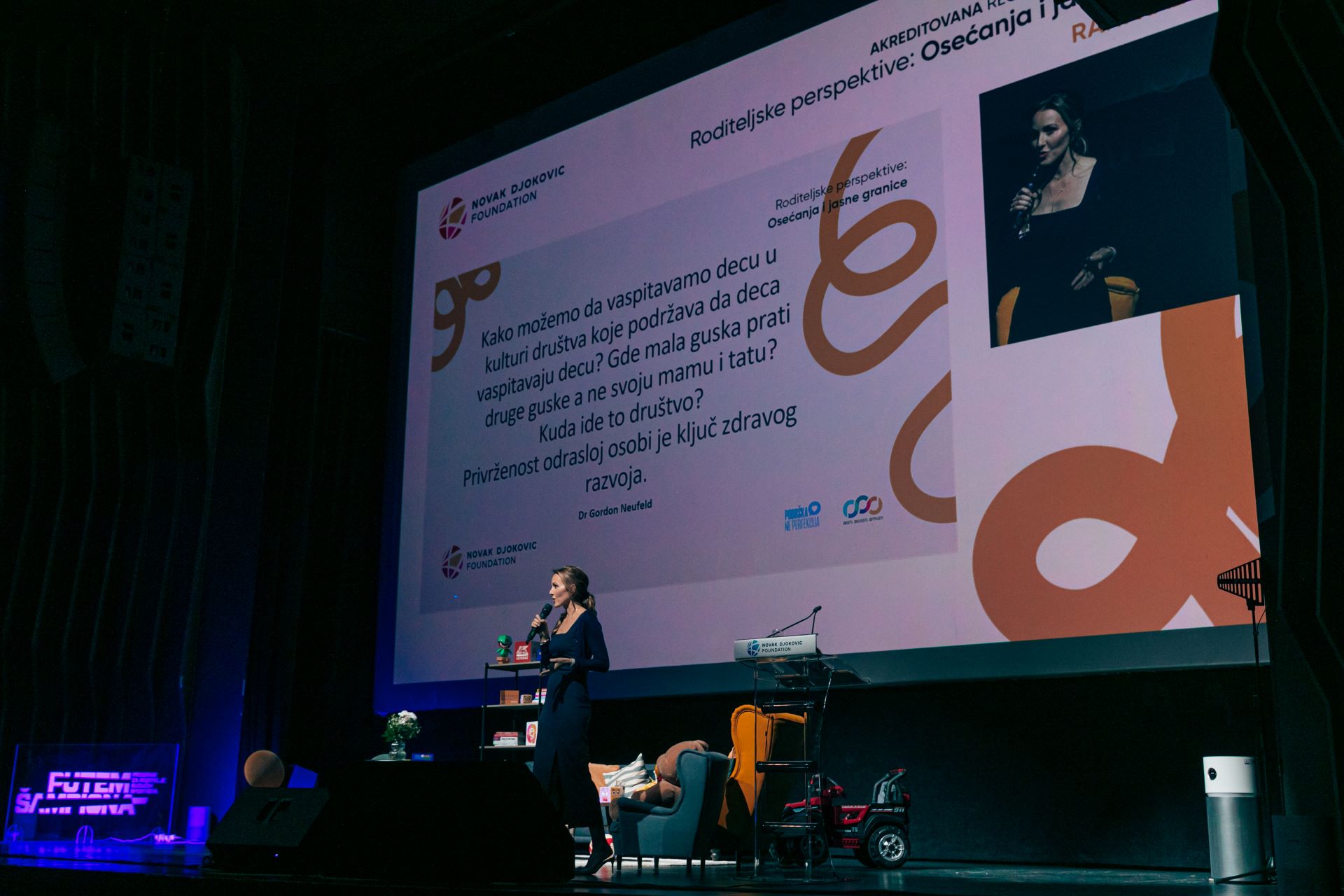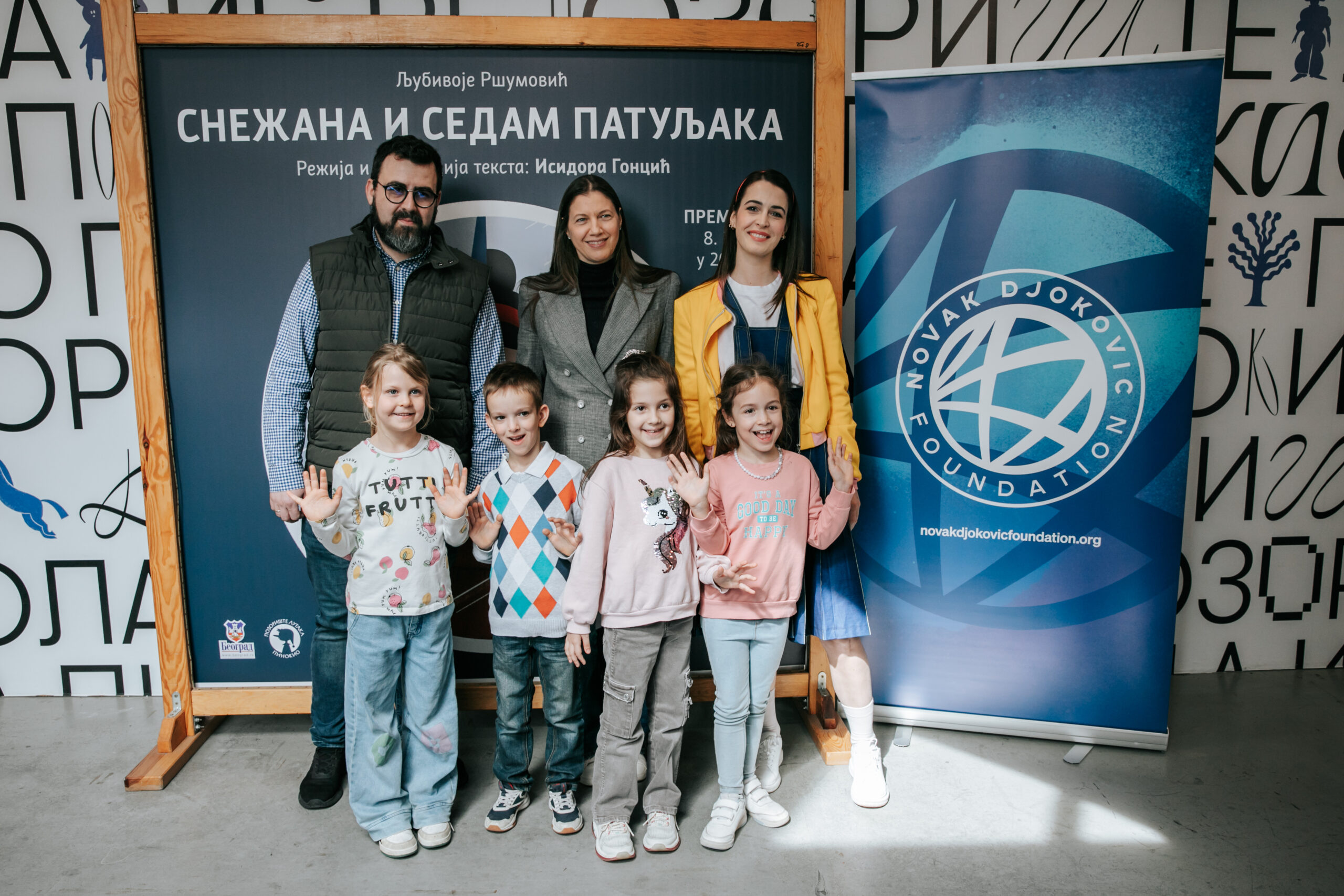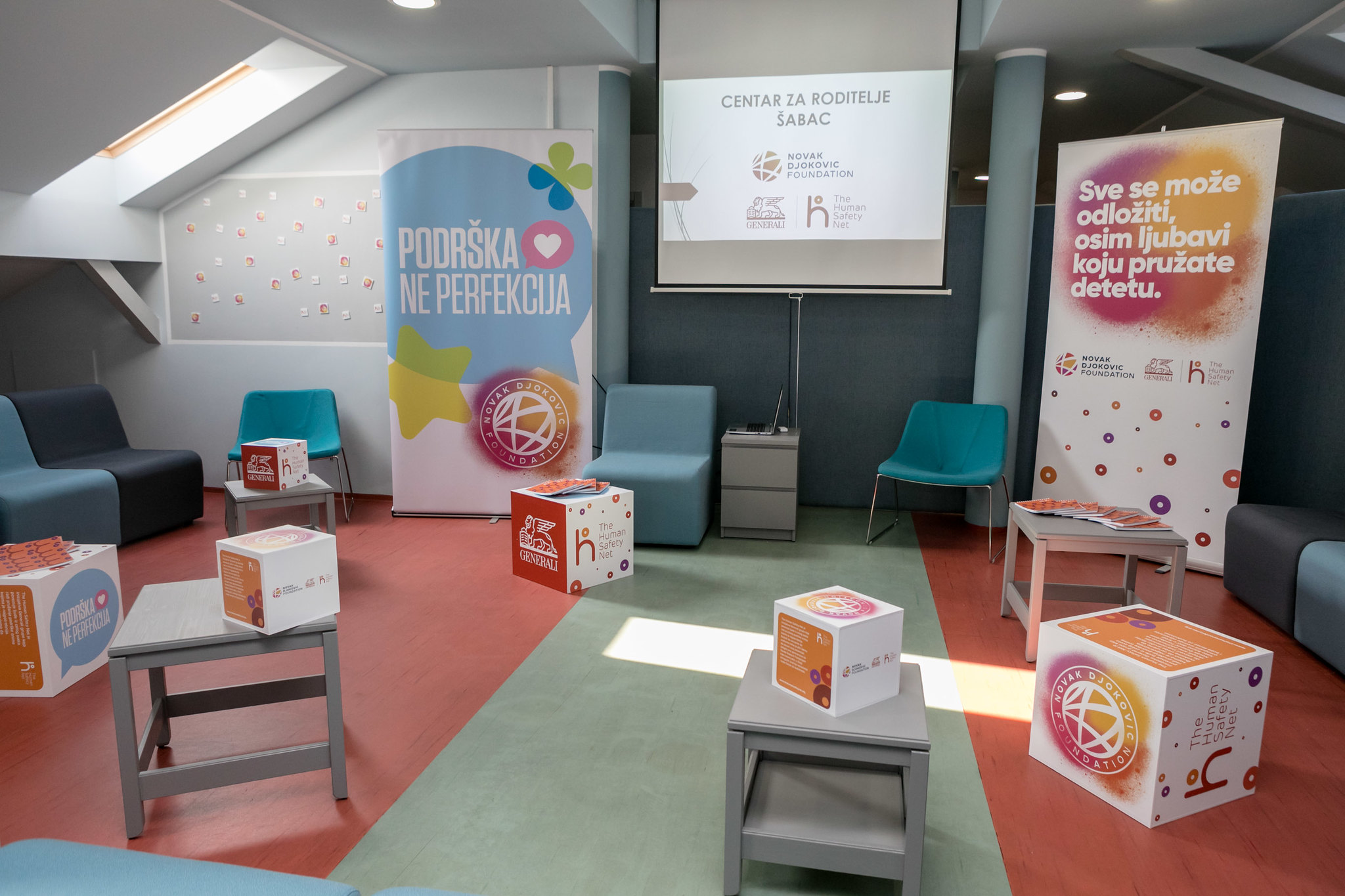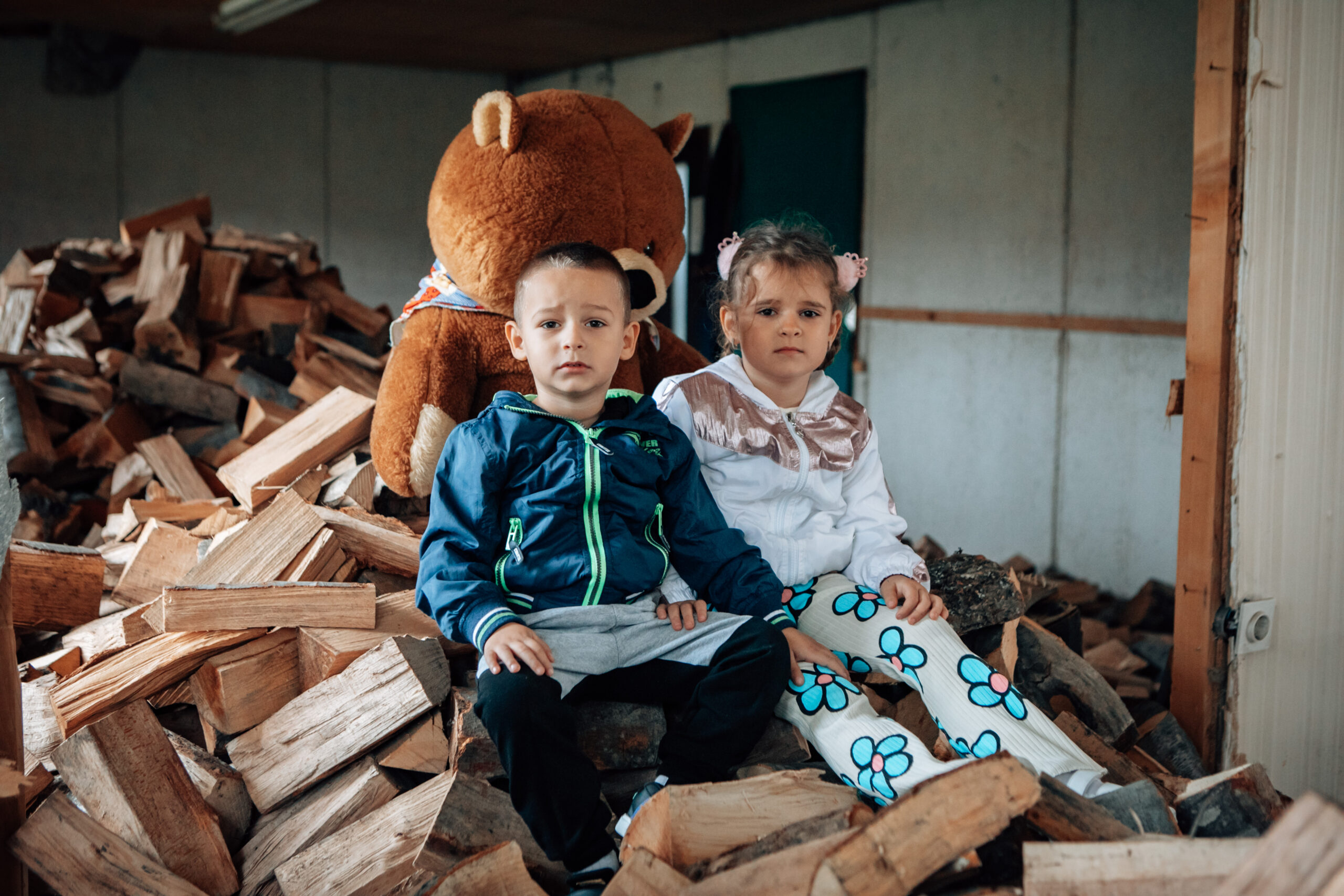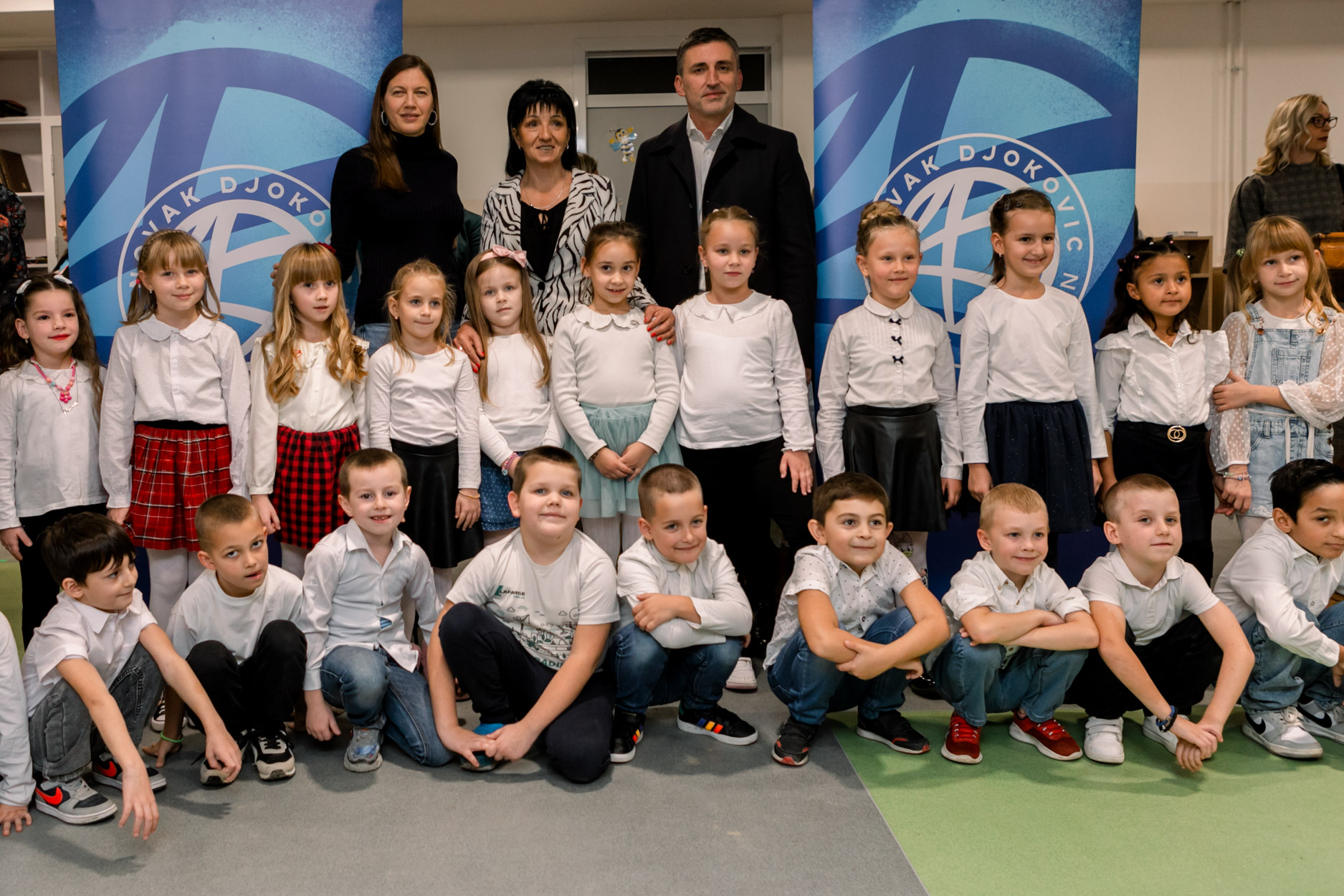Over the last few years, interest in educational utilization of robotics has increased and several attempts have been made worldwide to introduce robotics in school education from kindergarten to high secondary school, mostly in science and technology subjects.
However, the successful introduction of an educational innovation in school settings is not just a matter of access to new technologies. Appropriate educational philosophy, curriculum and learning environment are some of the important factors leading any educational innovation to success. The robot is just another tool, and it is the educational theory that will determine the learning impact coming from robotic applications.
Robotics in Science Education
When used properly in schools the robots form the basis of a cross curriculum activity, an ideal resource that can be used to teach:
- Mathematics,
- Scientific principles,
- Design and Technology,
- ICT (computer programming).
The use of robots in the classroom introduces students to possible career paths they may have never considered. In addition, robotics is a perfect way to show students that engineering and IT can be fun by making abstract knowledge concrete. Working with robots enhances creative problem solving techniques and encourages the development of basic communication and interpersonal skills as well as the ability to collaborate and convey complex ideas to a fellow students or colleagues.

Robotics in Special Education
Robots can be used to bring students into the classroom that otherwise might not be able to attend. Many students struggling with cancer or other terminal illnesses can’t reasonably make it to class every day, but they shouldn’t have to miss out on the lessons and social interactions that come with school. Robots can solve this problem by helping these students attend class from afar.
While Tyler Gibson was undergoing chemotherapy at UT’s MD Anderson Cancer Center’s Children’s Cancer Hospital, his VGo robot served as his eyes and ears in the classroom – and made it possible for him to interact with his friends there. „I could control VEGO from home and see everything that was going on. My friends would wave to me and I could wave back,“ he explains.
Autistic students often find communicating with other people intimidating and confusing – facial expressions and nonverbal cues that other kids would easily pick up on are just harder to comprehend. Robots can look a little bit like humans, but without all those confusing expressions that distract from what a person is saying. The Nao robot, for example, has been helping kids with autism learn social cues, as well as different educational lessons for a few years with a fair amount of success.
Robotics in Higher Education
Many careers require specialized knowledge in delicate practices, specifically in the realm of healthcare. When receiving a medical education, many students find benefits in the use of robotics. When learning to perform complicated medical procedures, a human subject isn’t feasible, so educators are employing the use of robots as stand-ins. Robots can be created and programmed to give off all indications of human life, including breath and heartbeat. Their use can also be seen in such procedures as injections, surgeries and even delivering children.
Robots have already made their mark in education and will continue to do so. However, how useful or potentially harmful robots can be to education will depend more on how educators and students choose to use them than on the technology itself.

